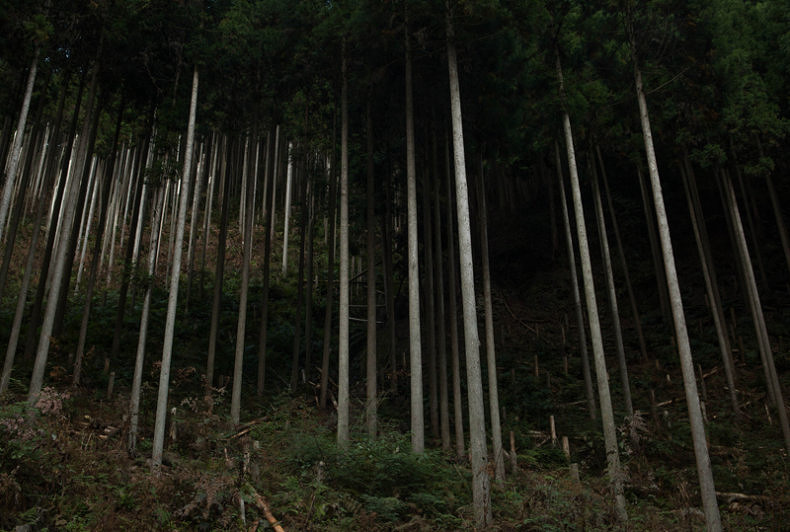
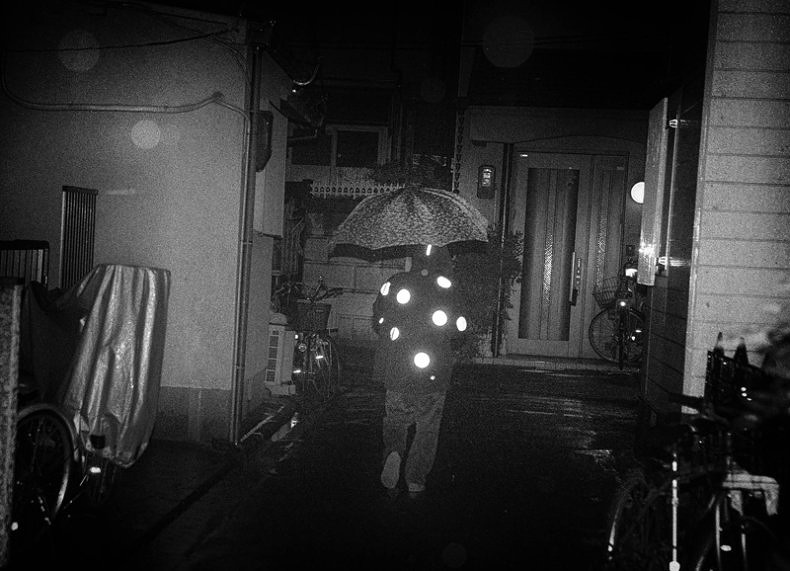
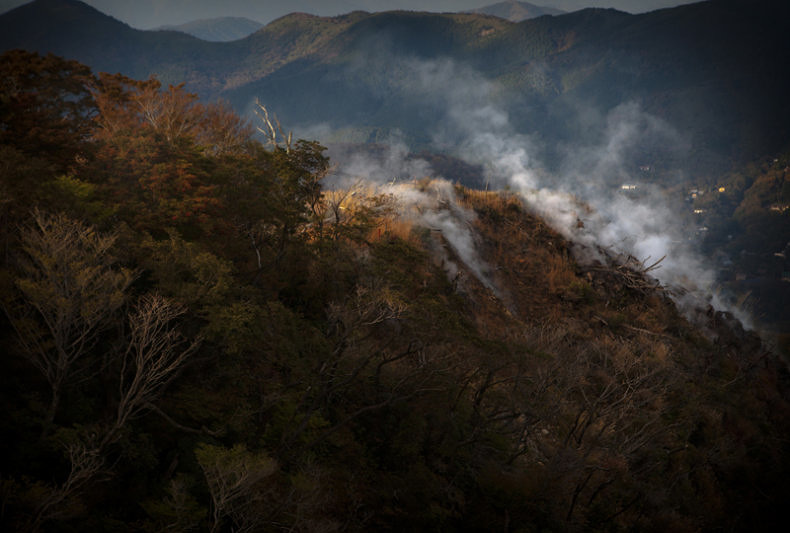
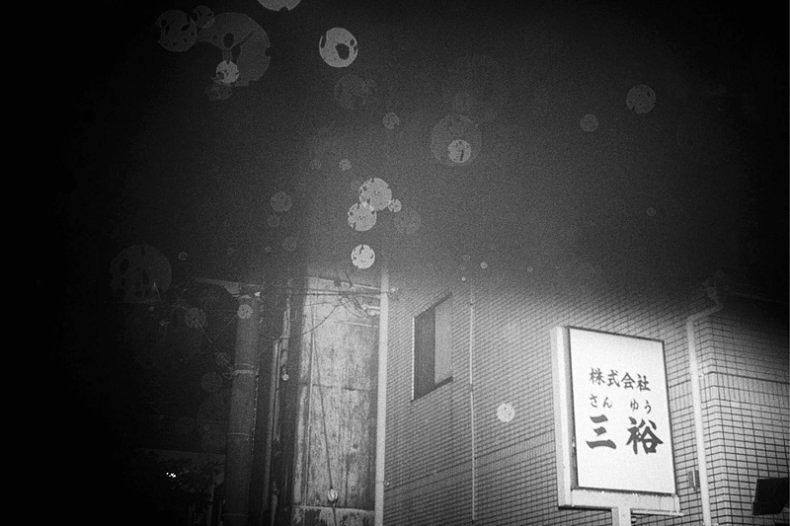
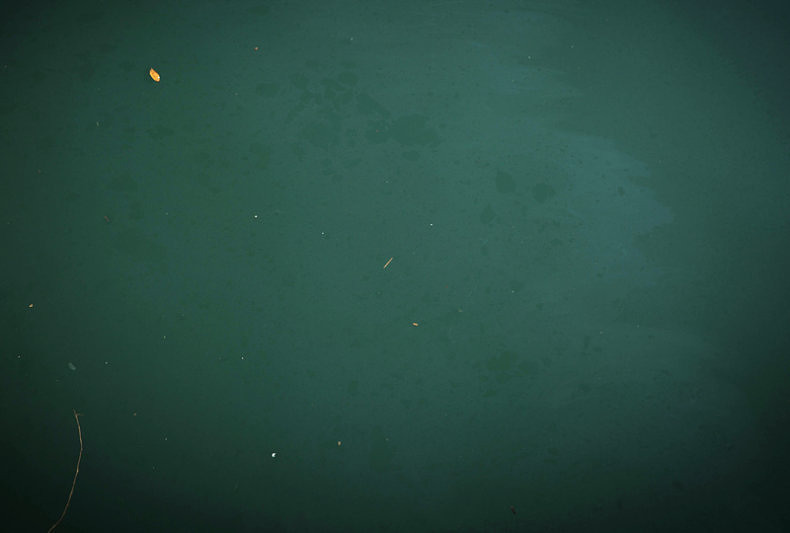
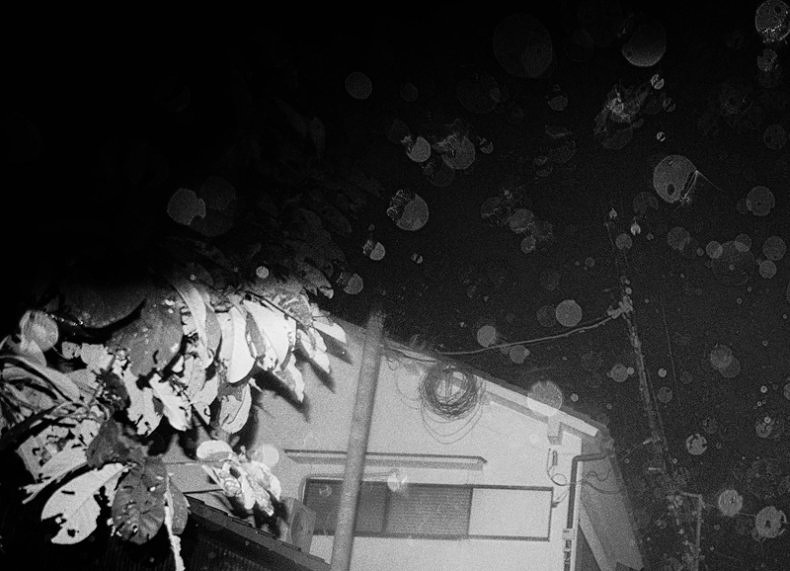
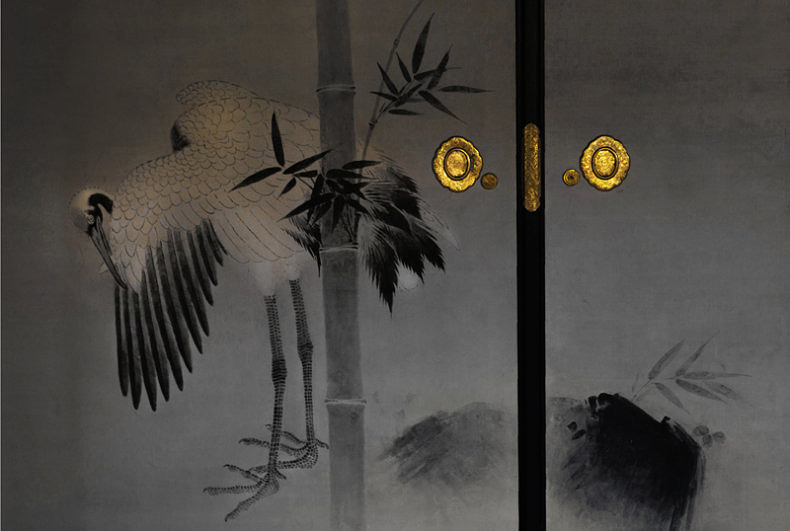
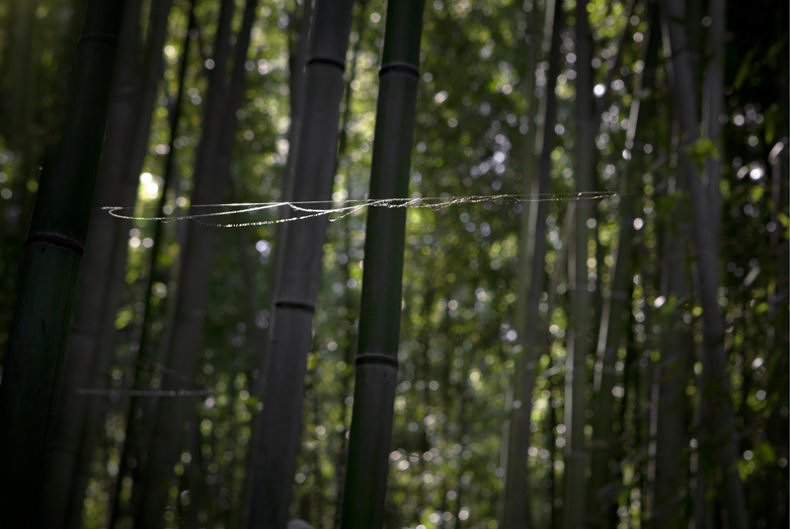
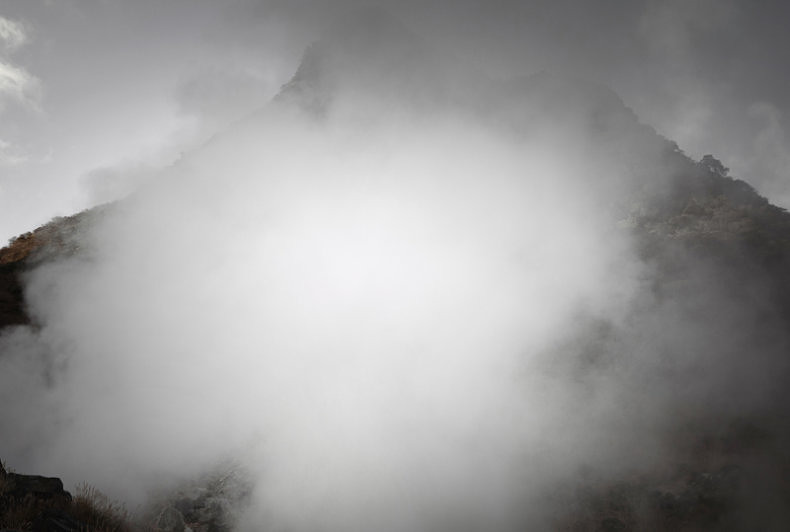
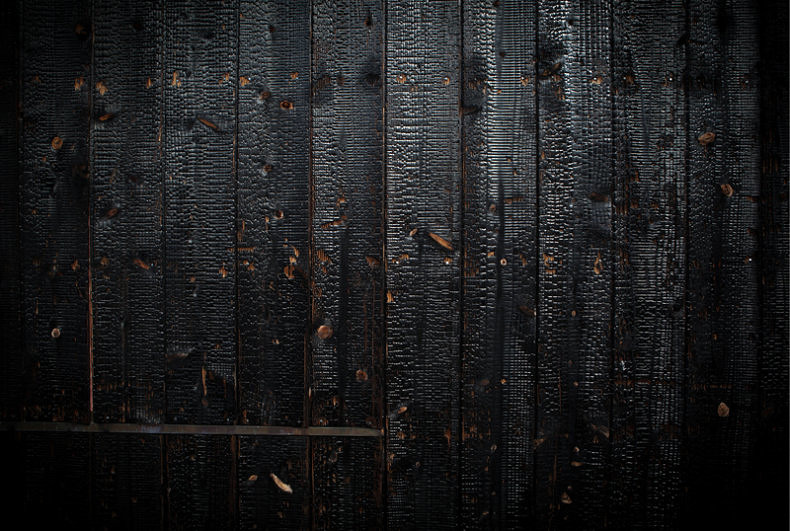
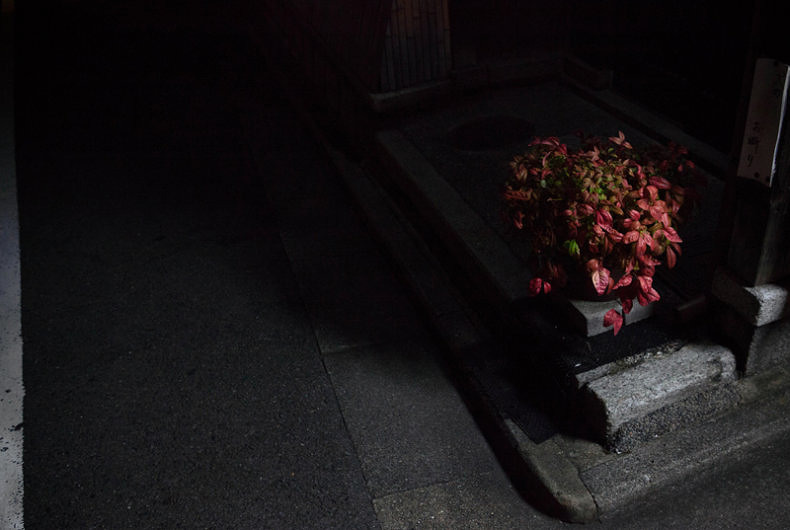
In the autumn of 2013, I had an opportunity to return to Japan, ten years after my first visit. This stay was tinged black. Three years after the tsunami and the third nuclear catastrophe in the country’s history, the unstable island seemed more fragile still, on the edge, pervaded by the constant and unforeseeable threat of radioactivity.
Black rain (Kuroi ame, 黒い雨 ) is the title of a novel by Ibuse Masuji I read and reread, on the explosion of the bomb in Hiroshima. A black book, a dark book. Black rain is for radioactive rain, water mixed with ashes, shrouding everything after the bombing. I was struck to find a similar image in the powerful testimonies collected by Svetlana Alexievtich after meeting Tchernobyl victims. As I grew obsessed by the black rain, I was drawn to Japanese Ukiyo-e woodblock prints (“pictures of the floating world”) in which black marks, figuring rain, cover the scene.
These pictures and words haunted me throughout my time there.
All images ©Lucie Jean